Easter is the greatest holiday in Christianity when Resurrection is celebrated. As with all important holidays, it's packed with symbols that are more or less known to the wider audience. A typical characteristic of Christian symbols is their relation to older, Pagan symbolism. This article will present some of the most important Easter symbols and try to explain a bit of the history behind them.
Welcome to the top 10 symbols of Easter!


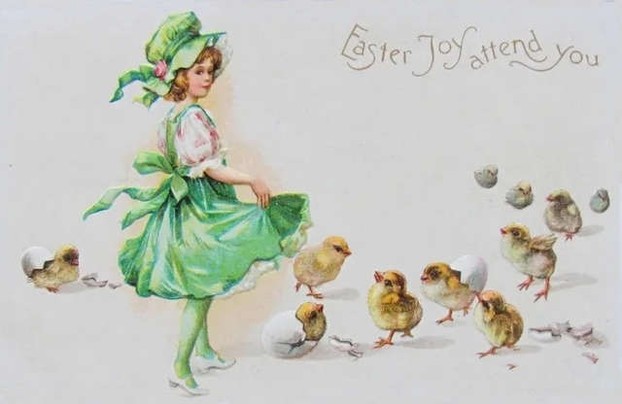
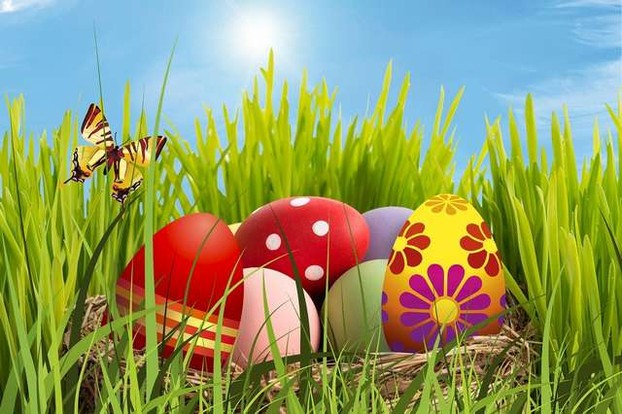
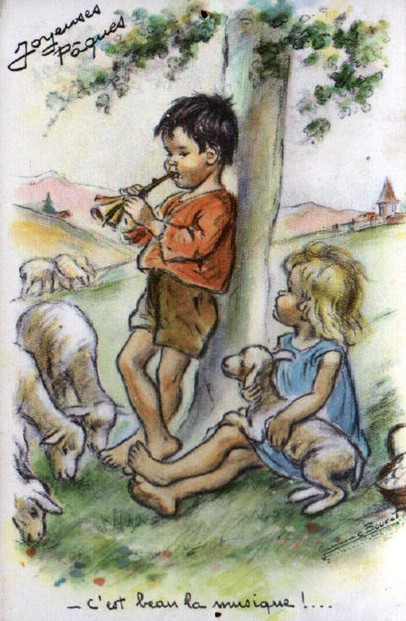
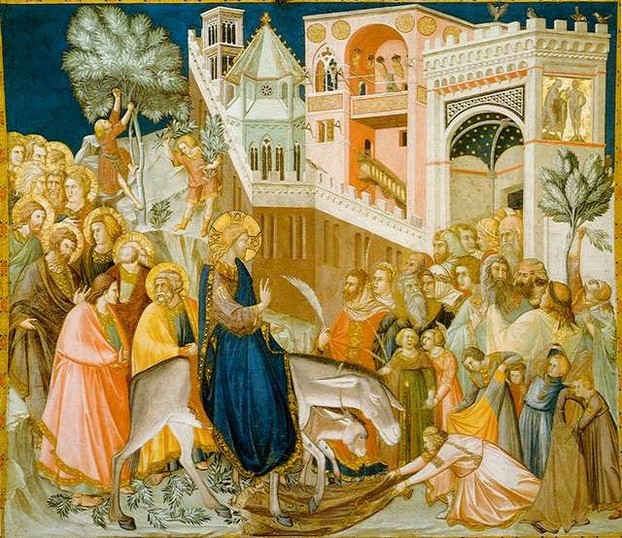
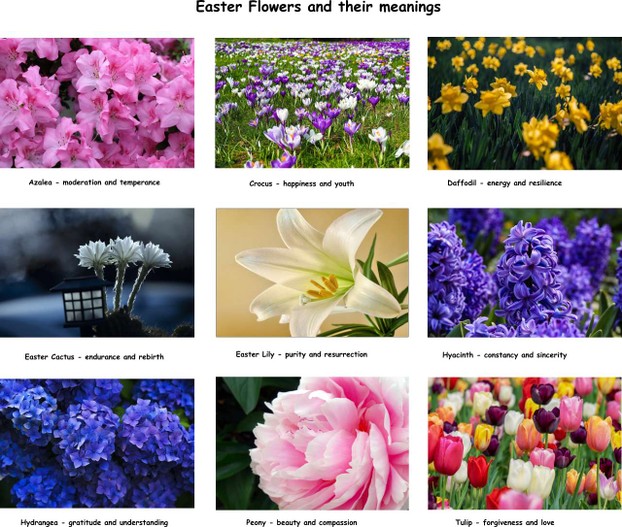

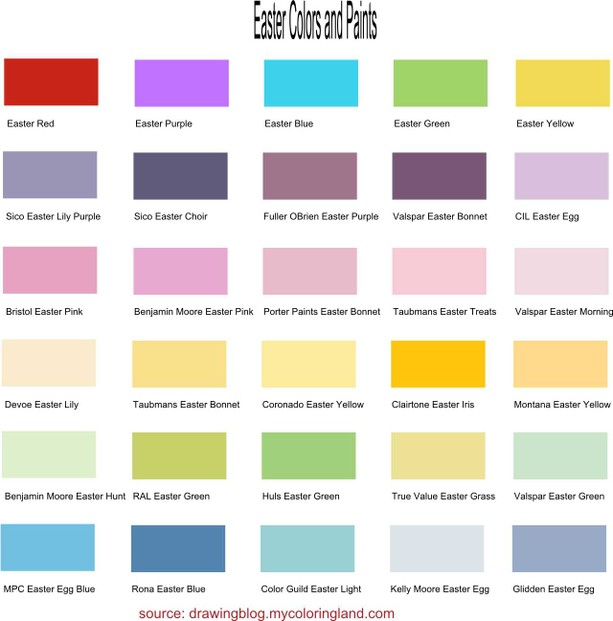
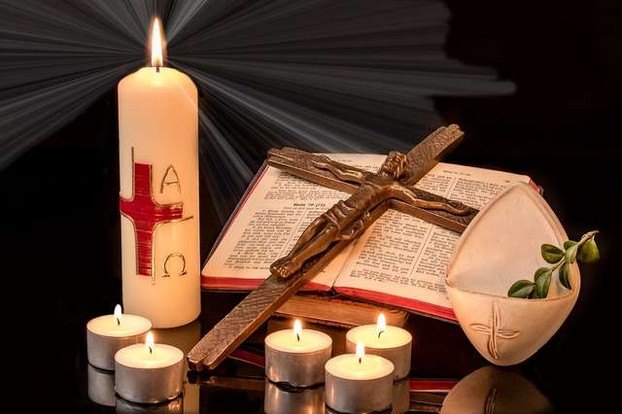

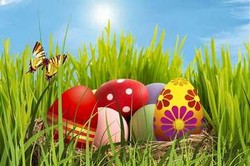

 Vintage Postcard Artists with 10 Examples of Easter Cardson 02/21/2025
Vintage Postcard Artists with 10 Examples of Easter Cardson 02/21/2025
 Valentine's Symbolson 01/23/2025
Valentine's Symbolson 01/23/2025
 Thanksgiving Symbolson 11/12/2024
Thanksgiving Symbolson 11/12/2024
 Famous Witches in Literary Historyon 10/06/2024
Famous Witches in Literary Historyon 10/06/2024

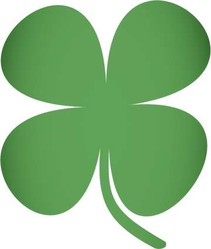
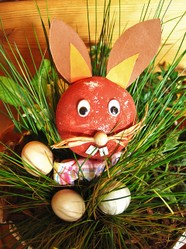
How Do You Celebrate Easter?
Allright, Jo_Murphy. I'm looking forward.
No, it just has to be a lamb.
The artist is Germaine Bouret. Unfortunately Wizzley started renaming graphic files, so they are less descriptive as they were when uploaded. The original name of file is easter-card-with-lambs-germaine-bouret.jpg.
To color the eggs with onion peel you obviously need both (eggs should be washed before). Put them in cold water with addition of one spoon of vinegar and slowly boil. Boil for 10 minutes and leave for some time to cool down. More time will give you stronger color (which also depends on the peel's shade and quantity of peel, of course). Don't get burnt!
Actually, you have given me food for thought. I will come back later and show you.
Link is still visible for me (even when I try to check the article from other browser without being logged in). Maybe try another browser?
The egg-shell has no impact on the taste. There is a myth about brown eggs being tastier than white one but it's debunked.
As far as I know boild eggs are the way to go all over Central and East Europe. Can't say about the rest, but hard boild version seems more practical to me.
The fourth subheading, Lamb, approaches little lambs as Easter symbols.
Does it matter whether the lamb be female or male?
The in-text image -- translated as "Happy Easter[!] Music is beautiful! (literally, "It's beautiful the music")" -- between the third and the fourth subheadings, Bunny and Lamb respectively, does not cooperate with my cursor going over it for the name attributions.
But the actual signature looks like Justine Bourat as the artist. Might that be correct?